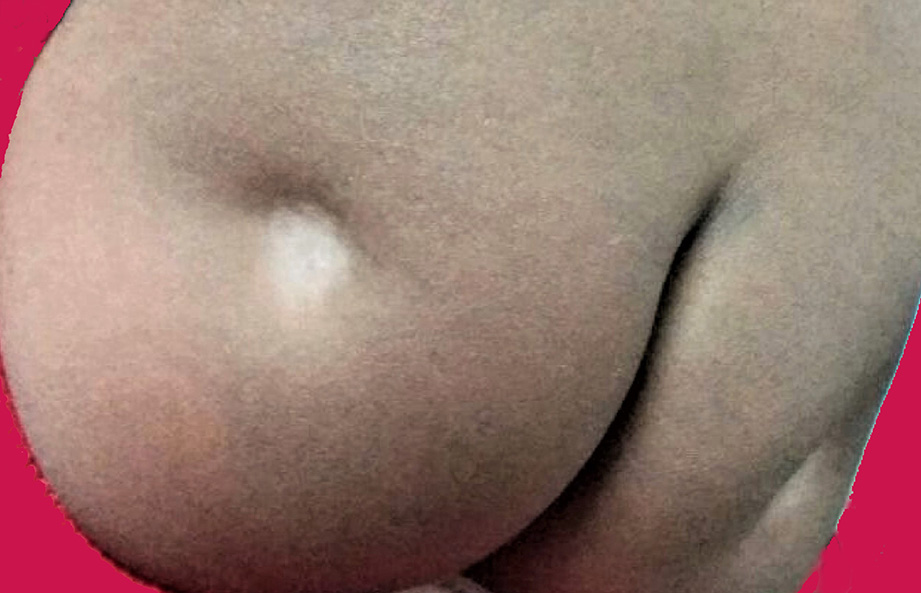Idiopathic localized involutional lipoatrophy in three male children

Downloads
DOI:
https://doi.org/10.26326/2281-9649.31.2.2250How to Cite
Abstract
Idiopathic localized involutional lipoatrophy (ILIL) is an uncommon, acquired, lipoatrophic condition of childhood which was first reported by Peters and Winkelmann and named as ILIL by Dahl et Al. (1).
ILIL characteristically presents with asymptomatic, mostly unilateral, localized skin depression due to focal loss of subcutaneous fat. The skin is usually depigmented with no induration or inflammation. Buttocks are the most commonly involved site followed by arms and thighs. Children and young females are mainly affected (1). Multiple lesions and occurrence in male child are less common. Interestingly, all the actual cases were male. Most of the cases resolve spontaneously within few months or sometimes years.
Histopathology of ILIL reveals small adipocytes embedded in hyaline connective tissue with many capillaries and little or no inflammatory infiltrates in the subcutis. On immunohistochemistry, immunoreactants are positive only for CD68+ macrophages. The latter are actually supposed to cause localized lipoatrophy by secreting various cytokines such as transforming growth factor-β, platelet-derived growth factor, interleukin-1 and tumor necrosis factor-α (3).
Before diagnosing as ILIL, one should always rule out familial lipodystrophic syndrome, morphea, lupus profundus, HIV and local factors such as trauma, abscess and intramuscular/subcutaneous injections (steroids, vaccines, insulin, antibiotics, iron, methotrexate, glatiramer, etc). Corticosteroids, tacrolimus and hydroxychloroquine can be tried to halt its progression (2).
Limits of the actual report are the lack of a histological examination and the lack of documentation of the clinical course of the disease.
